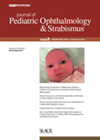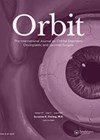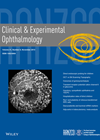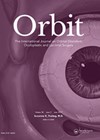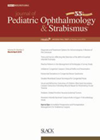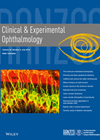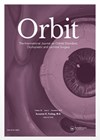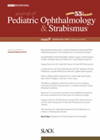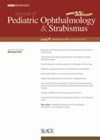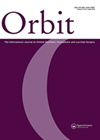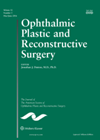You searched for "duct"
Nasolacrimal duct probing success
The aim of this study was to report the treatment effectiveness of primary probing in children with congenital nasolacrimal duct obstruction (CNLDO) and describe the factors relating to the failure of the procedure. This was a retrospective study of 62...Dacryoendoscopy in congenital nasolacrimal duct obstruction
This retrospective study demonstrates the role of dacryoendoscopy to identify causes of failed lacrimal probing in congenital nasolacrimal duct obstruction (CNLDO). Dacryoendoscopy was carried out in 13 children with refractory CNLDO. The lacrimal pathway was examined from puncta to the...Direct endoscopic probing for congenital lacrimal duct obstruction
1 April 2014
| Anjali Gupta
|
EYE - General
The most common treatment for congenital lacrimal duct obstruction (CLDO) is probing, which is traditionally a blind procedure. Previous literature reports success rates between 78-92%. The authors of this retrospective non comparative case series reviewed the success rates of probing...
Biopsy of nasolacrimal duct using sheath guided dacryoendoscopy
1 August 2019
| Rina Bhatt
|
EYE - Neuro-ophthalmology
|
Dacryoendoscopy, biopsy, immunohistochemistry, nasolacrimal duct obstruction, sheath-guided endoscopic probing (SEP)
In this study the author’s biopsied six eyes of five individuals with recurrent nasolacrimal duct obstruction following a prior dacryoendoscopic probing. All procedures were performed under local anaesthetic, the obstruction or lesion was directly visualised with dacryoendoscope and biopsy was...
Risk factors for surgical failure in nasolacrimal duct obstruction
This study considered possible associated patient anatomic or physiologic factors for initial surgical failure of nasolacrimal duct obstruction (NLDO). This was a retrospective study analysing risk factors for patients with successful initial surgery in comparison to patients requiring multiple surgeries....Nasolacrimal duct screening to minimise post cataract endophthalmitis
1 February 2015
| Anjali Gupta
|
EYE - Cataract, EYE - Refractive
|
cataract, endophthalmitis, nasolacrimal duct obstruction
This case control study compared the nasolacrimal duct (NLD) patency in a random sample of phacoemulsification cataract surgery patients (control group) versus a consecutive series of patients who developed endophthalmitis post cataract surgery (case group). NLD syringing was performed in...

